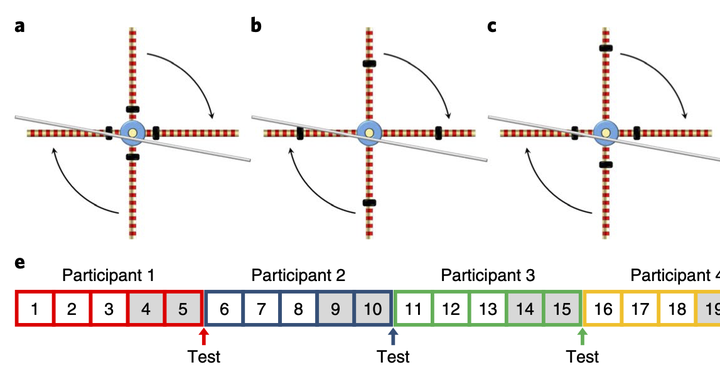Causal understanding is not necessary for the improvement of culturally evolving technology

Abstract
Bows and arrows, houses and kayaks are just a few examples of the highly optimized tools that humans have produced and used to colonize new environments. Because there is much evidence that humans’ cognitive abilities are unparalleled, many believe that such technologies resulted from our superior causal reasoning abilities. However, others have stressed that the high dimensionality of human technologies makes them very difficult to understand causally. Instead, they argue that optimized technologies emerge through the retention of small improvements across generations without requiring understanding of how these technologies work. Here we show that a physical artefact becomes progressively optimized across generations of social learners in the absence of explicit causal understanding. Moreover, we find that the transmission of causal models across generations has no noticeable effect on the pace of cultural evolution. The reason is that participants do not spontaneously create multidimensional causal theories but, instead, mainly produce simplistic models related to a salient dimension. Finally, we show that the transmission of these inaccurate theories constrains learners’ exploration and has downstream effects on their understanding. These results indicate that complex technologies need not result from enhanced causal reasoning but, instead, can emerge from the accumulation of improvements made across generations.